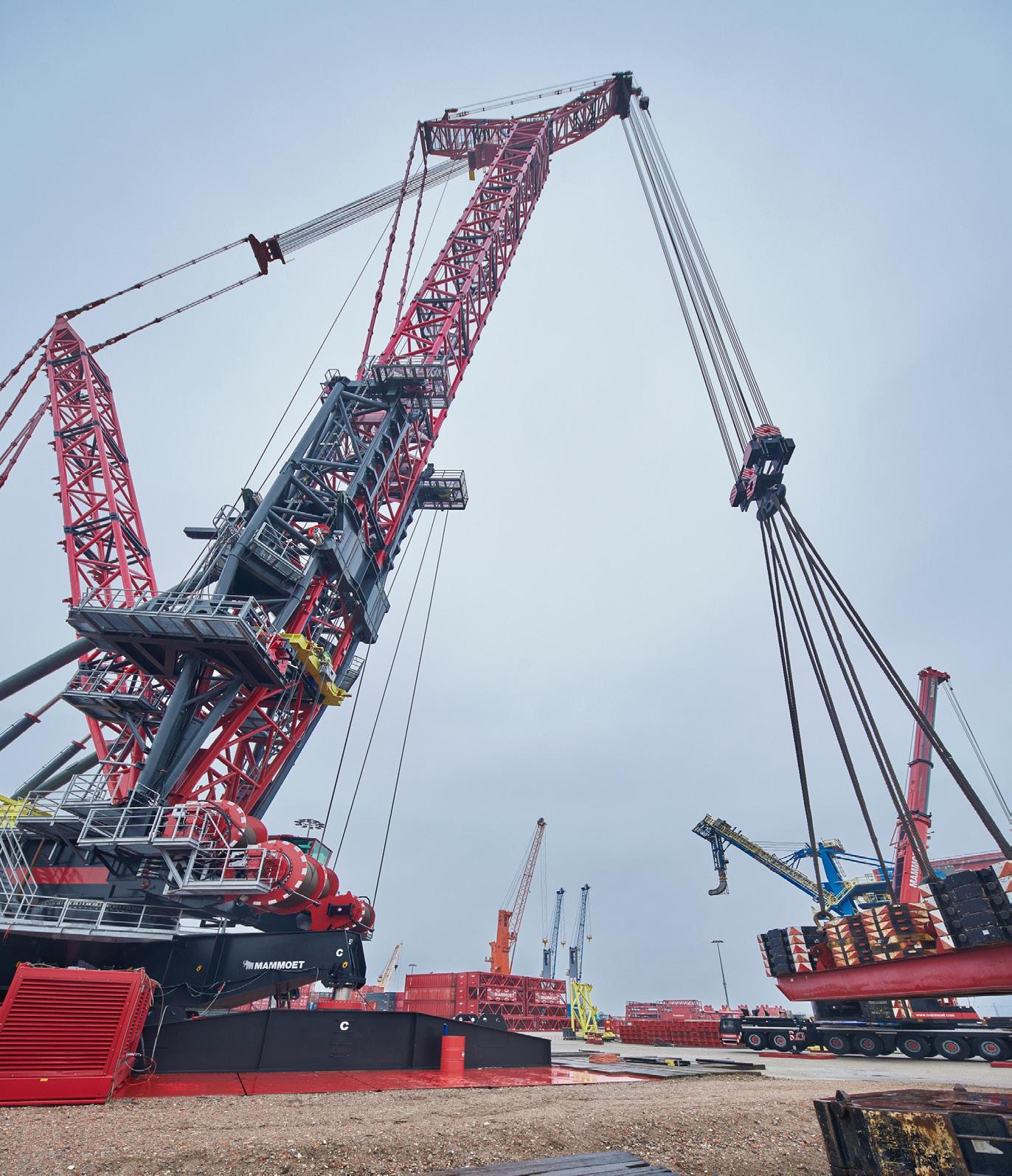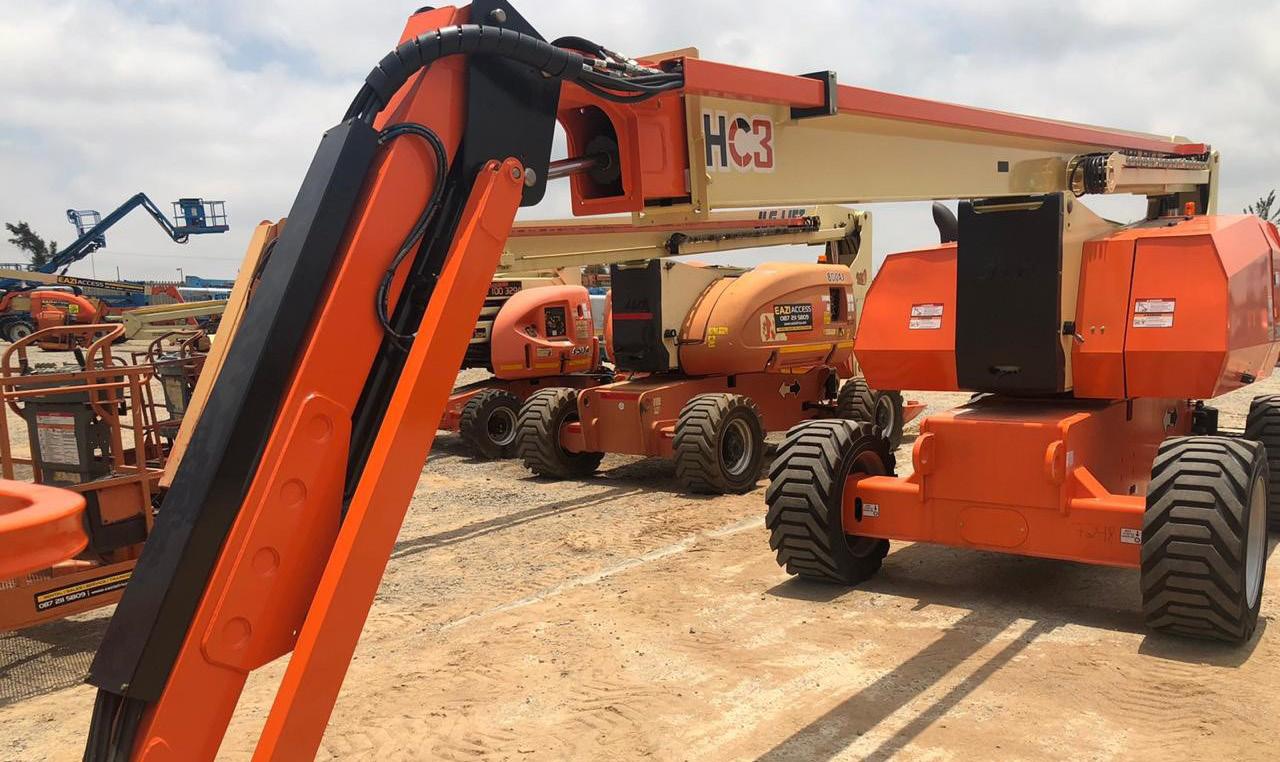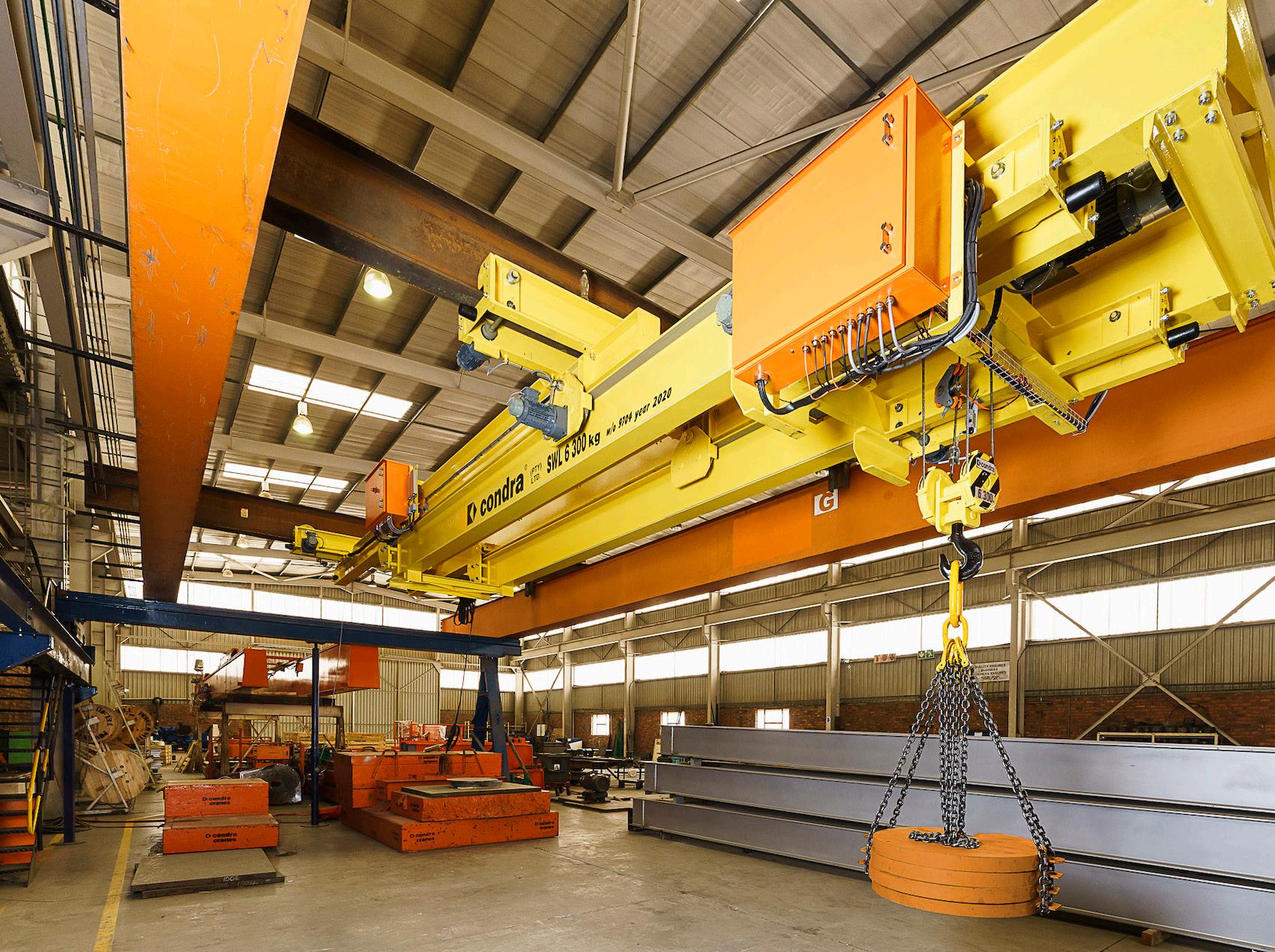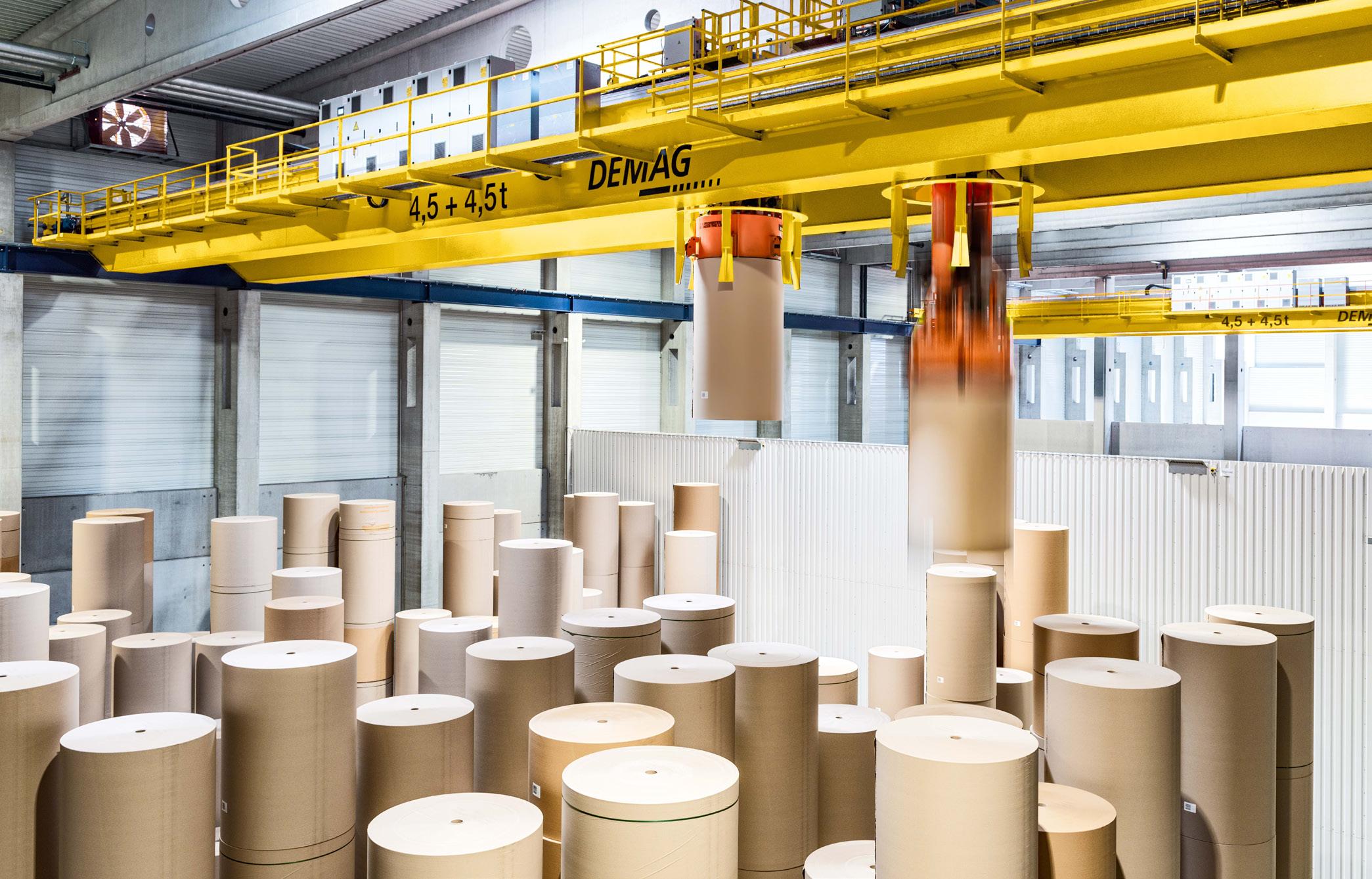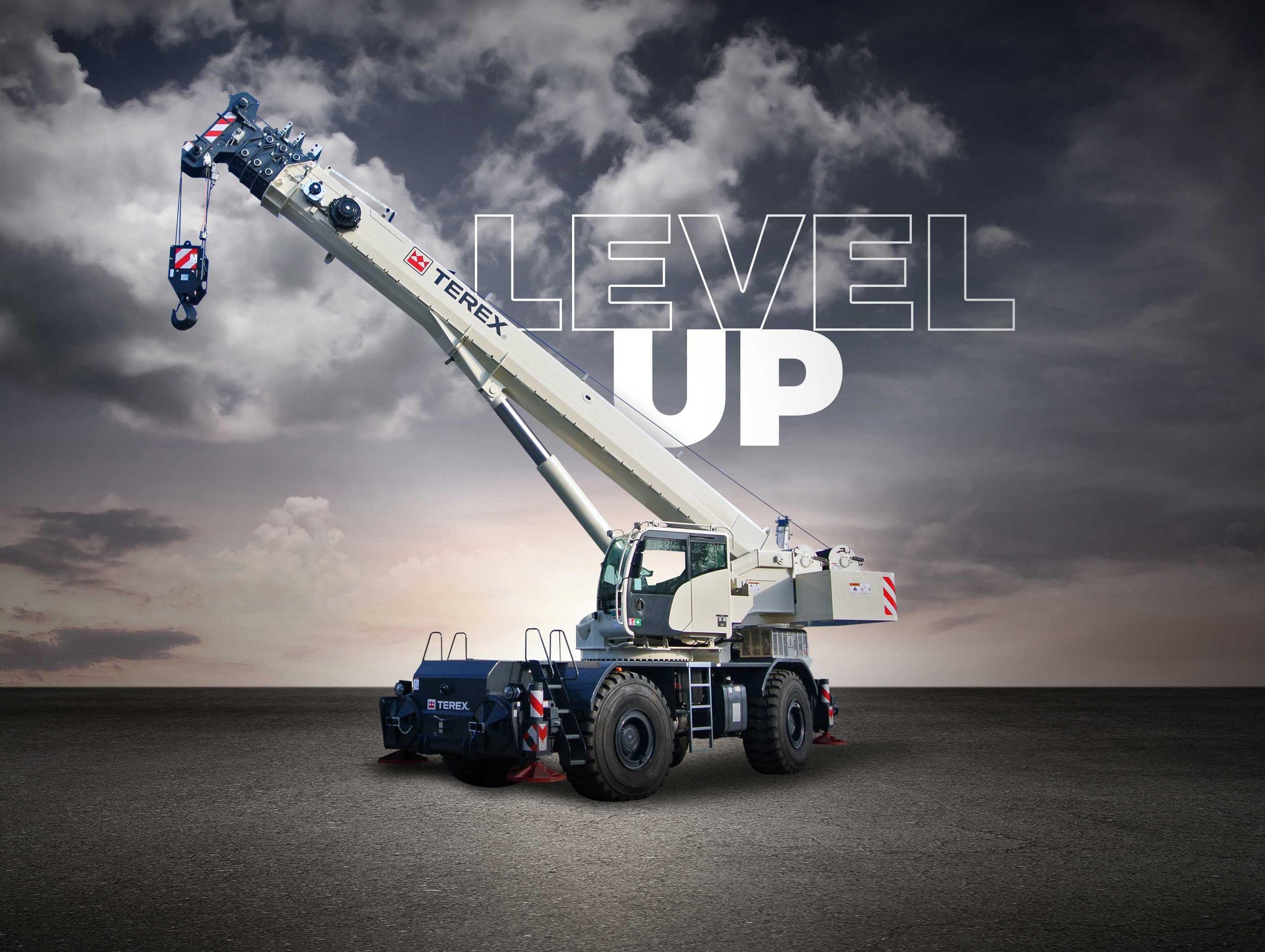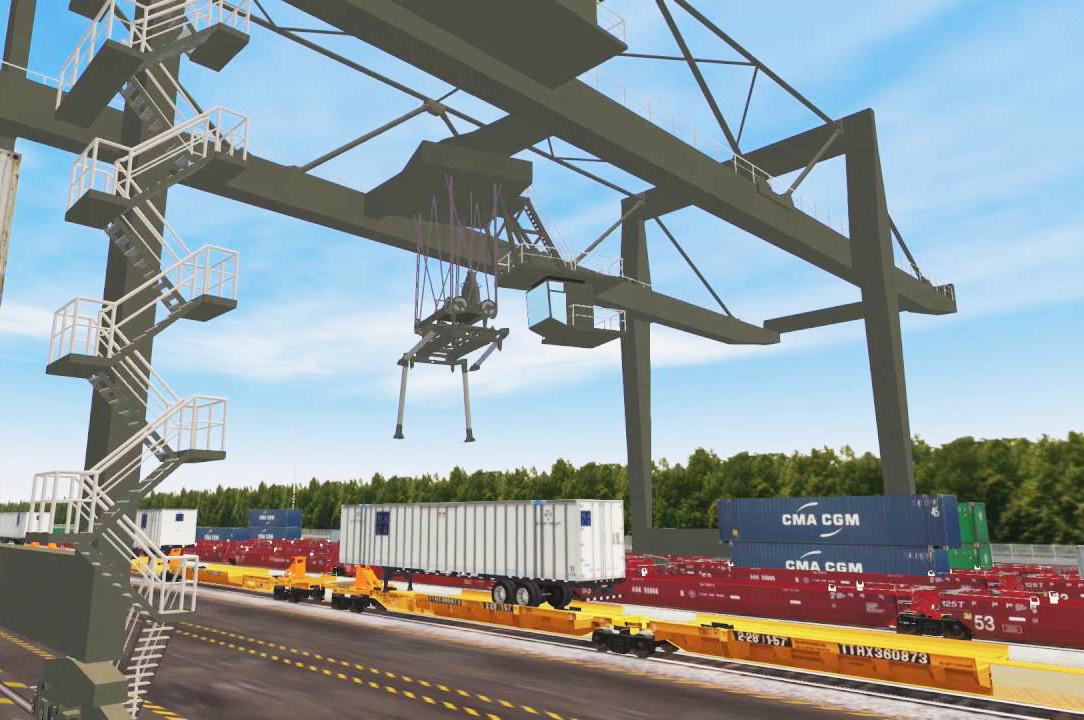
4 minute read
Simulators have turned training in the lifting sector upside down
Savings. That is the probably the best reason why anyone should purchase a simulator for their business, says Brad Ball, Vice President of GlobalSim.
Lifting Africa finds out more about the benefits and advantages simulators offer. “It reduces training time significantly,” he says. “What used to be taught in three months can now easily be done in nine or ten days at most.” Saving on time is only the first aspect of it. It also saves on fuel and maintenance costs.
“It is self-explanatory that if you are not training on a live crane, it is not using fuel. The crane is also being used less and so therefore will require less maintenance.” One of the biggest savings of a simulator, however, is the fact that it does not impact on opera-tions. “Without a simulator training has to happen on a crane and that requires it to be removed from operations for the duration of the training. If one considers all of the savings – including that of tying up a crane for days on end that could be operations and calculate the return on invest-ment of purchasing a simulator, the saving costs are clearly seen, and it becomes the main rea-son why having a simulator makes sense.”
Not only that a simulator can also be used for a variety of programmes and curricula within an organization. From training complete rookies to upgrading existing operators or just increasing the efficiency of novice operators, simulators introduce a safety aspect to operations as they actively play a role in reducing accidents.
Now and then
Simulators have come a long way since the early nineties when they were first introduced as projectorbased systems. “If one think of the massive advances made in mobile phone technol-ogy the past twenty years and what has been achieved, much the same has happened with sim-ulators.”
In 2005 the world was using large dome simulators that required an entire room for the ma-chine. “The technology was good, but it was incredibly space consuming, cumbersome and ex-pensive.” Whilst these cranes to a certain extent replicated the feeling of operating a real crane – with users being elevated up to 15 feet in the air – it was not a solution that was very user-friendly. “This technology was followed by the use of flat screen monitors – wide plasma screens that were also difficult to incorporate into a simulator as the displays all needed to have industrial strength and the computers beefed up.” According to Ball, the first virtual reality (VR) simulator was launched in 2016. “it is very excit-ing technology and has come about in a very short period of time. At least three different com-panies introduced VR simulators during that year. In 2019 there were about 40 companies de-livering VR solutions in the simulator-industry.”
Uptake increasing
Simulators have exploded onto the scene for a variety of reasons, says Ball. Not only has the technology finally caught up, but VR has been a game-changer. Used extensively in the gaming industry for some time the technology has successfully been transferred to use in simulators.
a video game. It is such intense physics and the graphics have to be 100% spot on that there was always lag resulting in users getting very motion sick. So, while the technology was available it was far more useable in the gaming industry.” Ball said VR was increasingly being incorporated into simulators. “It offers a complete 360-degree field of view, depth of perception, great immersion and real-ism as well as a sense of scale. It also has a small footprint, so the costs involved are relatively lower.” He says the realism available is particularly spectacular. “Even oldschool customers who vowed never to purchase simulators are opting to incorporate the new technology into their training. More so, we have seen that once a simulator has been purchased the company is far more willing to return for a second one as the benefits and cost savings are quickly realised.”
Of course, VR is not perfect. It still has some challenges. “One is never going to get around the weight of the headset, for example, and the strain it places on the neck if used for long extend-ed periods,” said Ball.”
“These sets are getting lighter, but if you are training and you are working downward like crane training requires it can be very taxying on the head and neck. Training is often prohibited to only about an hour at a time.” The tethered cables of simulators are another challenge as is the need for constant calibration. “In the world of Covid-19 sanitization of headsets and equipment has to be considered as well especially if people are sharing.” Simulation sickness, a form of motion sickness, is another reality to consider. At least 10 to 20% of people who use simulators suffer from this and find it very difficult to use. “This figure was much higher but ongoing technology advancements has led to much improvement.”
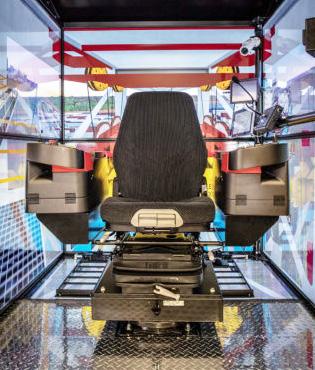
GlobalSim,
www.globalsim.com


ULP - Tension / Compression
Shearbeam
S-type Tension Compression
Tension Link
Wireless Tension Link
Wireless Shackle Load Cell
Rope clamp
Shear pin load cells custom designed

